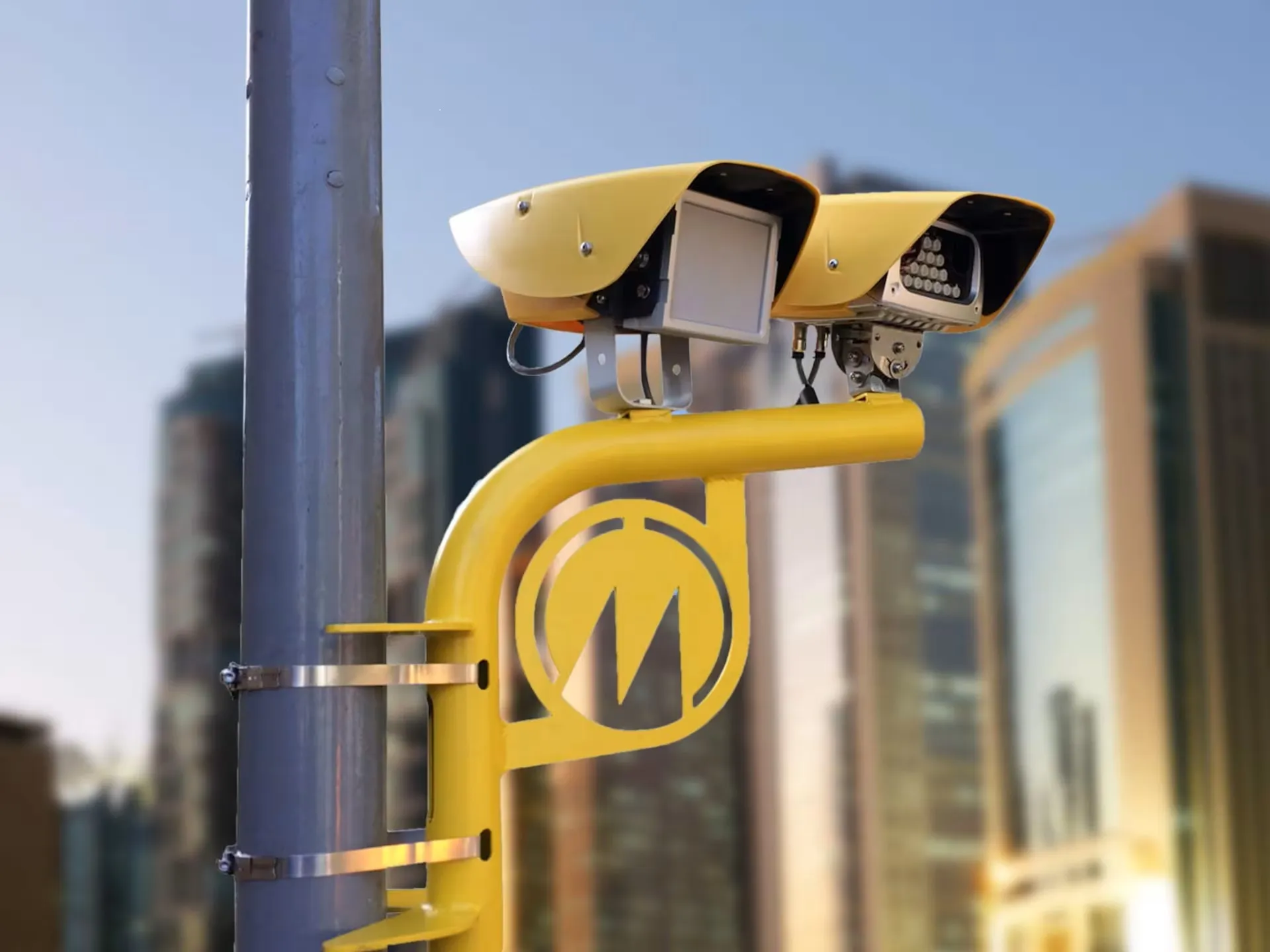Japanese visible and infrared LED producer Epitex is focusing its research and development efforts on the ITS sector which it serves globally through its partnership with Marubeni. Through the development of custom solutions in wavelengths between 360nm and 1650nm, Epitex’s LEDs can be integrated into specific applications in the ITS, security, medical, biometrics and military sectors.
May 30, 2014
Read time: 1 min
Japanese visible and infrared LED producer Epitex is focusing its research and development efforts on the ITS sector which it serves globally through its partnership with 7777 Marubeni America. Through the development of custom solutions in wavelengths between 360nm and 1650nm, Epitex’s LEDs can be integrated into specific applications in the ITS, security, medical, biometrics and military sectors.
In ITS markets Epitex already partners ANPR, traffic system engineers and security camera providers – particularly with the supply of infrared LEDs between 650nm and 850nm in surface mount packages. However, its current R&D focused on ultra violet LEDs as well as high-power infrared and near infrared LEDs in various packages for applications including security cameras, motion detectors and motion capture equipment.
In ITS markets Epitex already partners ANPR, traffic system engineers and security camera providers – particularly with the supply of infrared LEDs between 650nm and 850nm in surface mount packages. However, its current R&D focused on ultra violet LEDs as well as high-power infrared and near infrared LEDs in various packages for applications including security cameras, motion detectors and motion capture equipment.








